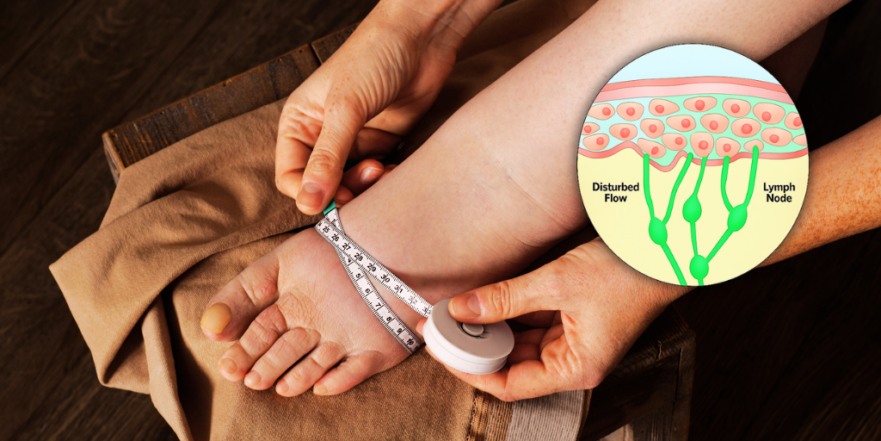4. Tackling Thick, Scaly Skin: Wraps, Soaks, and Moisturizers
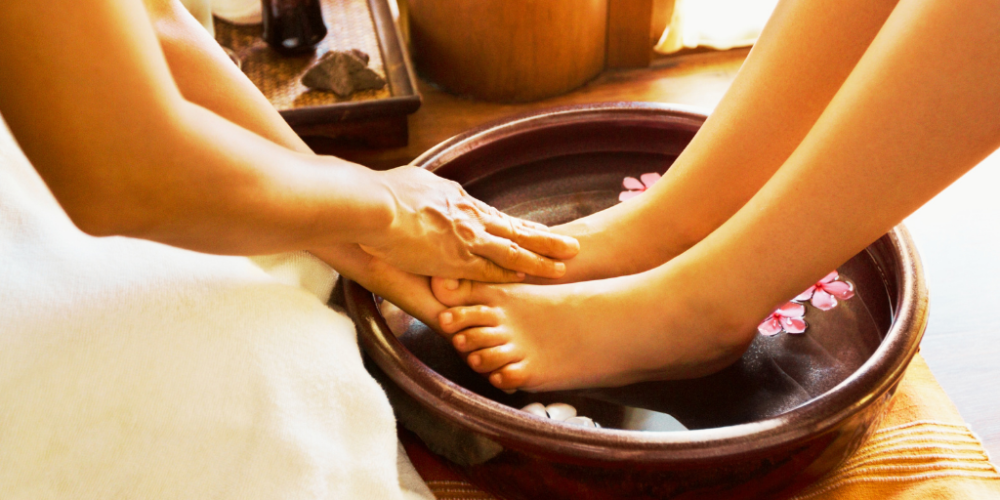
That hard, crusty skin isn’t just unsightly; it’s a source of inflammation that makes swelling worse. Getting rid of it is a key first step.
- In-Office Care: A podiatrist can do wonders in just a few weeks. We can use special tools to debride, or clean off, the layers of dry, thick skin. We also use medicated wraps.
- Unna Wraps: This is a specific type of wrap we use in the office. It’s a gauze bandage coated in zinc oxide. We wrap it from your toes up your leg. Over a few days, the zinc oxide softens that hard skin, allowing it to come off gently without cutting. The results can be dramatic, revealing much healthier-looking skin underneath and reducing swelling.
- Epsom Salt Soaks: This is a great home therapy you can do. Soaking your feet and legs in a tub of lukewarm water with Epsom salts for 15-20 minutes can help soften the skin and reduce swelling.
- Moisturize, Moisturize, Moisturize: Once you’ve gotten that initial thick crust off, you must keep the skin hydrated. Hard skin leads to inflammation, which leads to more swelling. It’s a vicious cycle. Use a good quality lotion or cream daily. Your podiatrist can even prescribe stronger, medicated creams if needed.
3. The Crucial Role of Exercise and Flexibility
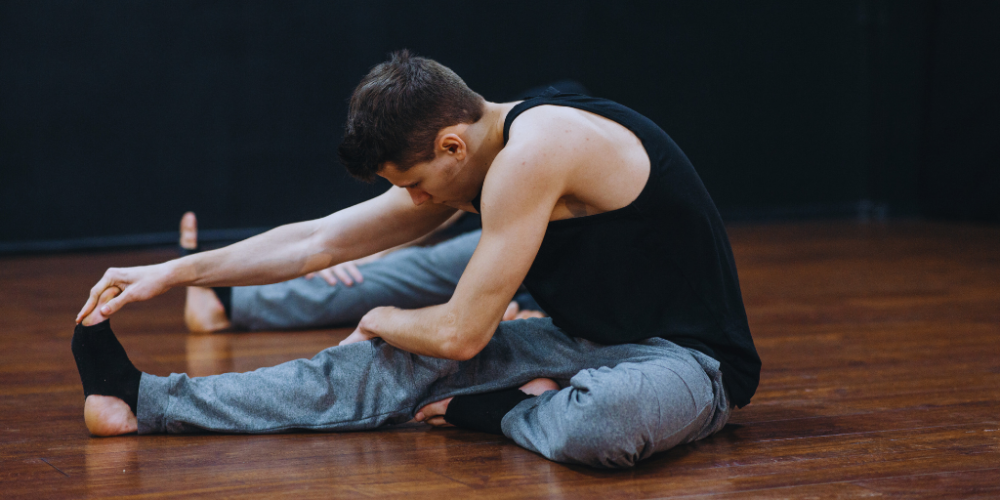
Why does one leg sometimes swell more than the other? Often, it comes down to biomechanics and flexibility. If you have a tight calf muscle or hamstring on one side, your foot may have to flatten out or turn out more when you walk. This is called over-pronation. It forces the muscles in that leg to work significantly harder with every single step. And what do overworked muscles do? They swell.
This is why getting stronger and more flexible is so important. I’m not talking about needing to do an hour of yoga every day. Just a few minutes of targeted stretching in the morning and evening can make a world of difference. Focus on your calf muscles and your hamstrings (the muscles between your knee and your butt). You can use a towel wrapped around your foot to pull it towards you. A stretching board is also a fantastic tool that allows you to gradually and safely increase your calf stretch over time. The more flexible you are, the more efficiently your muscles work, and the less swelling you’ll experience.
2. Self-Massage Techniques to Boost Circulation
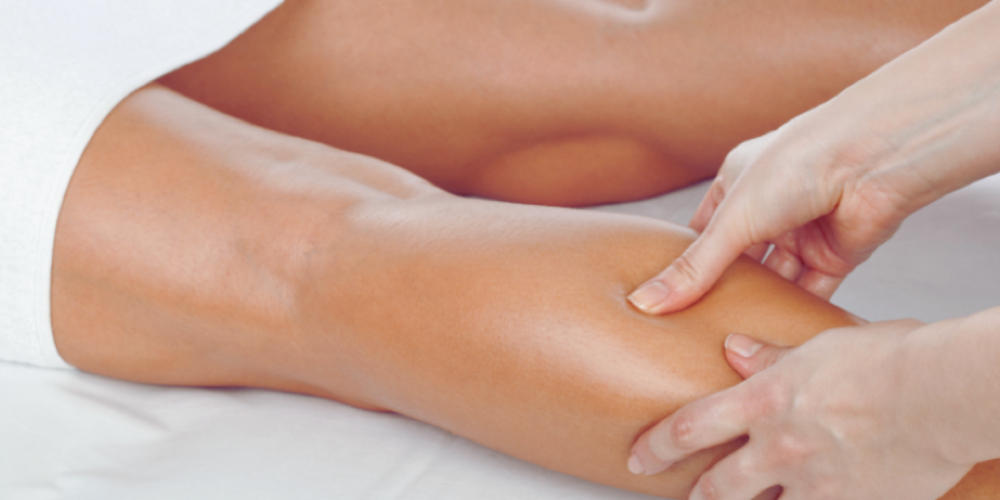
Massaging your legs can help manually push some of that stagnant fluid out of your feet and calves. It also feels great on sore muscles. You don’t need anything fancy.
- Cold Bottle/Can: Simply rolling a frozen water bottle or a cold can under your foot is a great way to massage the plantar fascia and reduce inflammation.
- Massage Ball: A small, firm ball (some can even be frozen) is great for targeting your calf muscles.
- Massage Roller Stick: This is my personal favorite. A simple roller stick allows you to apply firm pressure to your calf muscles, hamstrings, and the muscles on the front of your leg (avoiding the shin bone). This is incredibly effective at getting blood flowing and reducing muscle swelling.
Remember, massage helps with the symptoms, but you have to prevent the damage in the first place through better biomechanics, which brings us to our next point.
1. Your Shoes Are a Secret Weapon: The Importance of Support
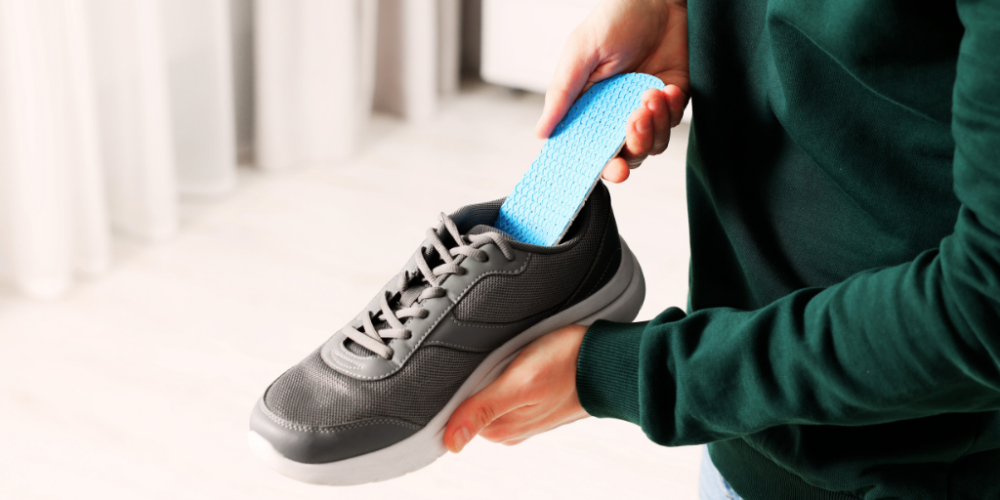
This might be the easiest and most impactful thing you can do. The shoes you wear—even inside your house—can dramatically change how hard your leg muscles have to work. If you walk around barefoot or in flimsy slippers on hard floors, your muscles are working overtime to stabilize you.
- Get Supportive Slippers: Stop walking barefoot at home. Invest in a good pair of supportive slippers with a built-in arch. Brands like Vionic (often geared towards women) and Spenco are fantastic. They provide structure and support that takes a huge load off your muscles.
- Wear Shoes in the House: For even more support, wear a good supportive athletic shoe inside the house. A shoe like the Brooks Ghost is a phenomenal choice.
- Use Orthotics: Whether in your outdoor shoes or your “house shoes,” a good over-the-counter or custom orthotic from your podiatrist can correct biomechanical issues like over-pronation. By supporting your foot’s arch, the orthotic allows your leg muscles to relax. Less muscle work equals less swelling. This is a simple, low-risk change that yields huge benefits.
Conclusion
Dealing with lymphedema and chronic swelling in your legs can feel overwhelming and discouraging, especially if you’ve been told it’s a permanent condition. But while there may not be a simple “cure,” there is an incredible amount you can control. By taking a comprehensive approach—getting a proper medical diagnosis, embracing compression, caring for your skin, improving your flexibility, and supporting your feet with the right footwear—you can significantly reduce your symptoms and reclaim your quality of life.
Don’t let your skin get hard and inflamed. Start with small, manageable steps. Maybe it’s buying a pair of low-compression socks this week. Maybe it’s doing two minutes of calf stretches every morning. These consistent actions build on each other and make a huge, huge difference. Take care of your whole body, and your legs will thank you for it.
Source: Dr. Tom Biernacki

